Type Air force Founded 1 April 1924 | ||
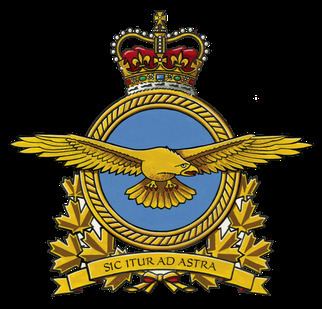 | ||
Headquarters National Defence Headquarters, Ottawa, Ontario Motto Sic itur ad astra; "Such is the pathway to the stars" Per ardua ad astra; "Through adversity to the stars" – (1924 to 1968) Transports de Havilland Canada DHC-5 Buffalo Similar Canadian Armed Forces, Royal Air Force, Royal Canadian Navy, Royal Australian Air Force, Canadian Army Profiles | ||
Careers in the royal canadian air force
The Royal Canadian Air Force (RCAF) (French: Aviation royale canadienne, ARC) is the air force of Canada. Its role is to "provide the Canadian Forces with relevant, responsive and effective airpower". The RCAF is one of three environmental commands within the unified Canadian Armed Forces. As of 2013, operating 258 manned aircraft and 9 unmanned aerial vehicles, the Royal Canadian Air Force consists of 14,500 Regular Force and 2,600 Primary Reserve personnel, supported by 2,500 civilians. Lieutenant-general Michael J. Hood, CMM CD, is the current Commander of the Royal Canadian Air Force and Chief of the Air Force Staff.
Contents
- Careers in the royal canadian air force
- The royal canadian air force those without fear hd
- 192068
- 1968present
- Aircraft
- Fixed wing
- Rotary wing
- Leased and contractor aircraft
- Weapons and other equipment
- Current structure
- 1 Canadian Air Division
- 2 Canadian Air Division
- Other units
- Former units
- Joint Task Force Afghanistan Air Wing
- Non commissioned members
- Recognition
- Roundels of the Royal Canadian Air Force
- Badge of the Royal Canadian Air Force
- References
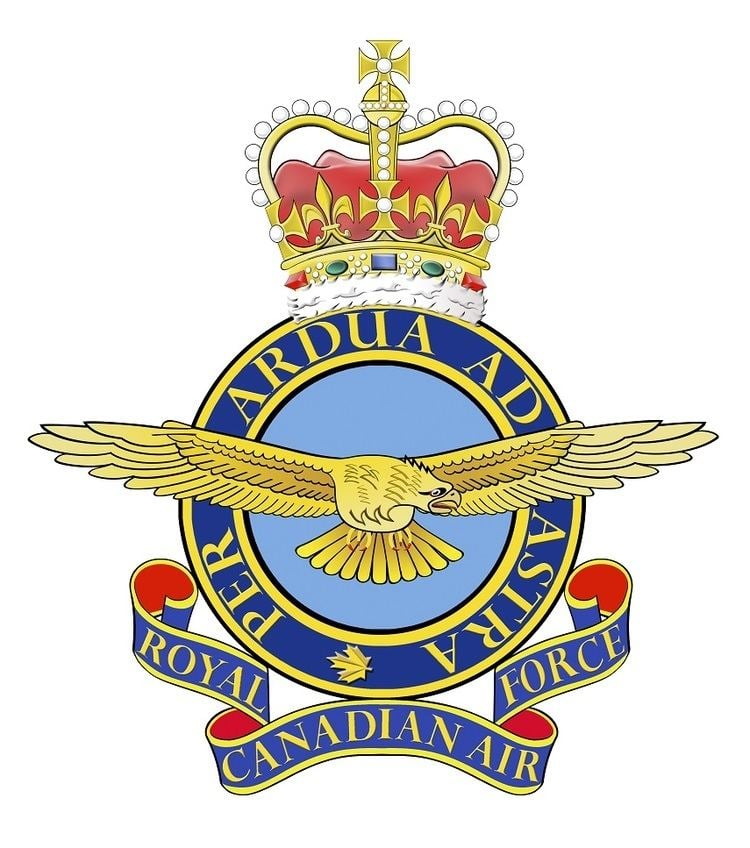
The Royal Canadian Air Force is responsible for all aircraft operations of the Canadian Forces, enforcing the security of Canada's airspace and providing aircraft to support the missions of the Royal Canadian Navy and the Canadian Army. The RCAF is a partner with the United States Air Force in protecting continental airspace under the North American Aerospace Defense Command (NORAD). The RCAF also provides all primary air resources to and is responsible for the National Search and Rescue Program.
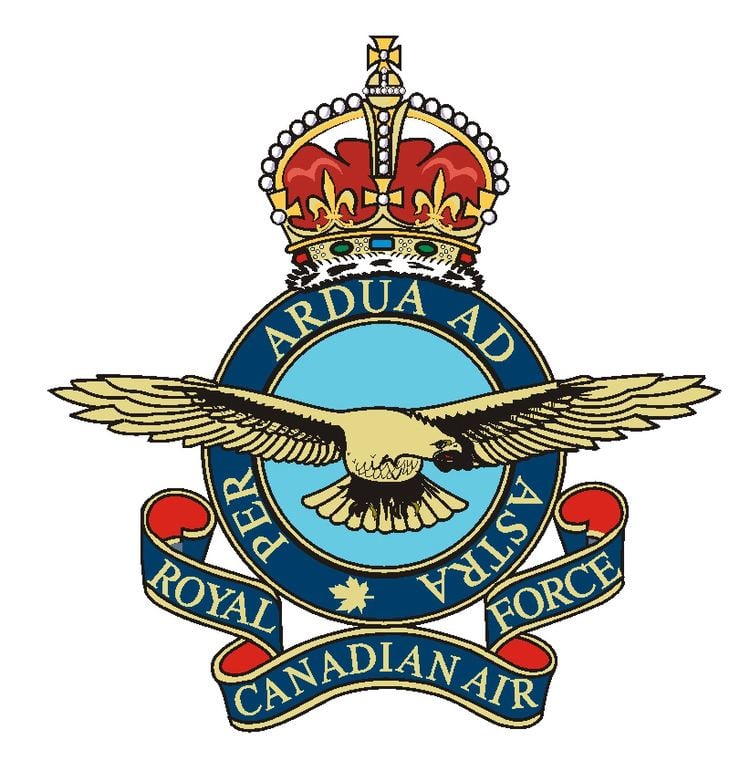
The RCAF traces its history to the Canadian Air Force which was formed in 1920. The Canadian Air Force was incorporated in 1923 and granted royal sanction in 1924 by King George V.
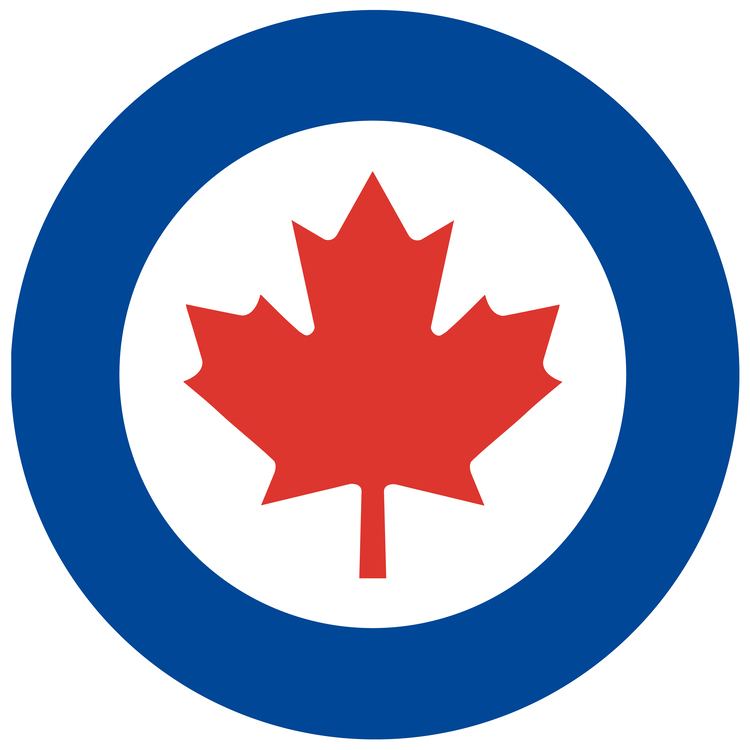
In 1968 the RCAF was amalgamated with the Royal Canadian Navy, and the Canadian Army, as part of the unification of the Canadian Forces. Air units were split between several different commands: Air Defence Command (interceptors), Air Transport Command (airlift, search and rescue), Mobile Command (tactical fighters, helicopters), Maritime Command (anti-submarine warfare, maritime patrol), as well as Training Command.
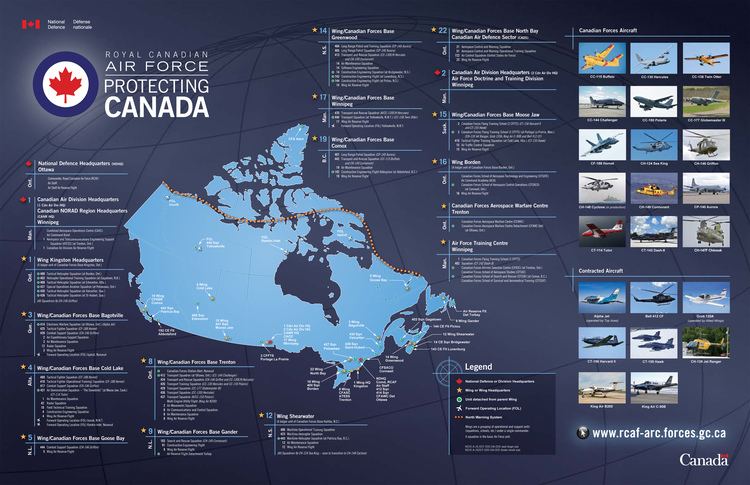
In 1975 some commands were dissolved (ADC, ATC, TC), and all air units were placed under a new environmental command called simply Air Command (AIRCOM).
Air Command reverted to its historic name of the "Royal Canadian Air Force" in August 2011. The Royal Canadian Air Force has served in the Second World War, the Korean War, the Persian Gulf War, as well as several United Nations peacekeeping missions and NATO operations. As a NATO member, the force maintained a presence in Europe during the second half of the 20th century.
The royal canadian air force those without fear hd
1920–68
The Canadian Air Force (CAF) was established in 1920 as the successor to a short-lived two-squadron Canadian Air Force formed during the First World War in Europe. John Scott Williams, MC, AFC, was tasked in 1921 with organizing the CAF, handing command over later the same year to Air Marshall Lindsay Gordon. The new Canadian Air Force was a branch of the Air Board and was chiefly a training militia that provided refresher training to veteran pilots. Many CAF members also worked with the Air Board's Civil Operations Branch on operations that included forestry, surveying and anti-smuggling patrols. In 1923, the CAF became responsible for all flying operations in Canada, including civil aviation. In 1924, the Canadian Air Force, was granted the royal title, becoming the Royal Canadian Air Force (RCAF). Most of its work was civil in nature; however, in the late 1920s the RCAF evolved into more of a military organization. After budget cuts in the early 1930s, the air force began to rebuild. During the Second World War the RCAF was a Major contributor to the British Commonwealth Air Training Plan and was involved in operations in Great Britain, Europe, the north Atlantic, north Africa, southern Asia, and with home defence. By the end of the war, the RCAF had become the fourth largest allied air force.
After the war, the RCAF reduced its strength. Because of the rising Soviet threat to the security of Europe, Canada joined NATO in 1949, and the RCAF established No. 1 Air Division RCAF consisting of four wings with three Fighter squadrons each, based in France and West Germany. In 1950, the RCAF became involved with the Transport of troops and supplies to the Korean War; however, it did not provide RCAF combat units. Members of the RCAF served in USAF units as exchange officers and several flew in combat. Both auxiliary and regular air defence squadrons were run by Air Defence Command. At the same time, the Pinetree Line, the Mid-Canada Line and the DEW Line radar stations, largely operated by the RCAF, were built across Canada because of the growing Soviet nuclear threat. In 1957, Canada and the United States created the joint North American Air Defense Command (NORAD). Coastal defence and peacekeeping also became priorities during the 1950s and 1960s.
1968–present
In 1968 the Royal Canadian Navy, Royal Canadian Air Force and Canadian Army were amalgamated to form the unified Canadian Forces. This initiative was overseen by then Liberal Defence Minister, Paul Hellyer. The controversial merger maintained several existing organizations and created some new ones: In Europe, No. 1 Air Division, operated Canadair CF-104 Starfighter nuclear strike/attack and Reconnaissance under NATO's 4 ATAF; Air Defence Command: operated McDonnell CF-101 Voodoo interceptors, CIM-10 Bomarc missiles and the SAGE radar system within NORAD; Air Transport Command: provided strategic airlift for the NATO and UN Peacekeeping missions; and Training Command. Aviation assets of the Royal Canadian Navy were combined with the RCAF Canadair CP-107 Argus long-range patrol aircraft under Maritime Command. In 1975, the different commands, and the scattered aviation assets, were consolidated under Air Command (AIRCOM).
In the early 1990s, Canada provided a detachment of CF-18 Hornets for the air defence mission in Operation Desert Shield. The force performed combat air patrols over operations in Kuwait and Iraq, undertook a number of air-to-ground bombing missions, and, on one occasion, attacked an Iraqi patrol boat in the Persian Gulf.
In the late 1990s, Air Command's CF-188 Hornets took part in the Operation Allied Force in Yugoslavia, and in the 2000s, AIRCOM was heavily involved in the Afghanistan War, transporting troops and assets to Kandahar. Later in the decade-long war, AIRCOM set up a purpose-specific air wing, Joint Task Force Afghanistan Air Wing, equipped with several CH-146 Griffon and CH-147 Chinook helicopters, CC-130 Hercules and leased CU-170 Heron UAVs in support of the Canadian Forces and ISAF mission. The wing stood down on 18 August 2011.
From 18 March to 1 November 2011 the RCAF was engaged in Operation Mobile, Canada's contribution to Operation Unified Protector in Libya. Seven CF-18 Hornet fighter aircraft and several other aircraft served under Task Force Libeccio as part of the military intervention.
On 16 August 2011, the Government of Canada announced that the name "Air Command" was being changed to the air force's original historic name: Royal Canadian Air Force (along with the change of name of Maritime Command to Royal Canadian Navy and Land Force Command to Canadian Army). The change was made to better reflect Canada's military heritage and align Canada with other key Commonwealth countries whose military units use the royal designation. The new RCAF adopted a new badge in 2013, which is similar to the pre-unification RCAF badge (although placed in the modern frame used for command badges). The Latin motto of Air Command – Sic itur ad astra – which was the motto of the Canadian Air Force when first formed after the First World War (before it became the Royal Canadian Air Force in 1924) was retained. Though traditional insignia for the RCAF was restored in 2015, there has been no restoration of the traditional uniforms or rank structure of the historical service (apart from a rank of "Aviator" which replaced that of "Private" in 2015).
On 17 April 2014, Prime Minister Stephen Harper announced that Canada was dispatching six CF-18s and military personnel to assist NATO in operations in Eastern Europe.
Aircraft
The Royal Canadian Air Force has approximately 391 aircraft in service, which is the sixth largest air force in the Americas, after the United States Air Force, United States Navy, United States Army, United States Marine Corps and Brazilian Air Force.
Fixed-wing
Rotary wing
Leased and contractor aircraft
The Canadian Forces have leased aircraft from vendors to help transport troops and equipment from Canada and other locations in the past decade. Transport aircraft have been leased as required.
Weapons and other equipment
Weapons systems are used by the CF-18 Hornet, CP-140 Aurora, CH-146 Griffon and the CH-124 Sea King helicopters (the latter to be replaced by CH-148 Cyclone).
Current structure
The commander of the Royal Canadian Air Force, located at National Defence Headquarters in Ottawa, commands and provides strategic direction to the Air Force. The commander of 1 Canadian Air Division and Canadian NORAD Region, based in Winnipeg, is responsible for the operational command and control of Air Force activities throughout Canada and worldwide. 2 Canadian Air Division, established in June 2009, consists of training establishments.
There are 13 wings across Canada, 11 operational and 2 used for training. Wings represent the grouping of various squadrons, both operational and support, under a single tactical commander reporting to the operational commander. Ten wings also include a Canadian Forces base along with other operational and support units.
The rank of General is held when an air officer is serving as chief of the Defence Staff. The Chief of the Air Force Staff holds the rank of lieutenant-general. Divisions are commanded by major-generals. Brigadier-generals are typically second-in-command of a division. Wings are commanded by colonels. Squadrons are commanded by lieutenant-colonels. Majors are typically second-in-command of squadrons, or flight commanders. Captains, lieutenants and second lieutenants are the junior level leaders in RCAF squadrons and headquarters.
1 Canadian Air Division
2 Canadian Air Division
2 Canadian Air Division (2CAD) is primarily responsible for training and education throughout the RCAF. It is currently commanded by Brigadier-General Bruce Ploughman. From 2011 to 2013 the commanding officer was Brigadier-General Martin Galvin. The initial announcement of the Division, published after it was created on June 25, 2009, said:
Brigadier-General Rick Pitre assumed command of the Canadian Force’s most recent formation, the newly established 2 Canadian Air Division/Air Force Doctrine and Training Division in a formal ceremony at 17 Wing, Winnipeg on Thursday, June 25. The Air Force has embarked on what Brig. Gen. Pitre calls “a new and exciting chapter in our rich air force history.” Commander 2 Canadian Air Division is now responsible for all Air Force doctrine, individual training and education. In addition to the Canadian Aerospace Warfare Centre located at 8 Wing Trenton, Brigadier General Pitre will oversee the conduct and management of training establishments at:15 Wing Moose Jaw, 16 Wing Borden, and a new Air Force Training Centre comprising several Air Force schools and training institutions In addition, he will have oversight of training conducted by the Prairie Cadet Region.
Other units
Former units
Joint Task Force Afghanistan Air Wing
As the tasking authority responsible for the Canadian Contracted Air Transport Unit, the wing commander provided advice, co-ordination and supervision over its six leased Mi-8 medium lift helicopters. The air wing had about 450 personnel, serving with the Theatre Support Element in the Persian Gulf region and the Tactical UAV Flight at Kandahar Airfield. The wing officially stood down on 18 August 2011.
Non-commissioned members
On 1 April 2015, the rank structure and insignia changed. The rank of private was replaced with that of aviator. The previously used term "leading aircraftman" was considered not to be gender neutral. Insignia was also changed from golden yellow to a pearl-grey colour similar to that worn before unification of Canada's Armed Forces in 1968. A revival of the former rank titles of the RCAF will not occur, however, as the former rank titles are considered "too confusing". Instead, the current rank titles will be retained (with the exception of Aviator). The Royal Flying Corps, considered to be a predecessor of the RCAF, used rank titles similar to the existing rank titles of the RCAF.
Recognition
On 9 November 1984, Canada Post issued "Air Force" as part of the Canadian Forces series. The stamps were designed by Ralph Tibbles, based on an illustration by William Southern. The 32¢ stamps are perforated 12 x 12.5 and were printed by Ashton-Potter Limited.
Roundels of the Royal Canadian Air Force
Roundels used from 1920 until 1945 were usually the same as Royal Air Force roundels although not all variations were used and colours were matched to locally available paints.
Badge of the Royal Canadian Air Force
The Badge of the Royal Canadian Air Force consists of:
